In the quiet corners of their daily lives, a family found themselves grappling with more than just the usual challenges—hidden beneath the surface were struggles linked to their digestive and overall health. Their journey led them to the GAPS (Gut and Psychology Syndrome) protocol, a path less traveled but rich with promise. This article explores their transformative experience, shedding light on how understanding the intricate relationship between the gut and the mind can open doors to healing and renewed well-being. Join us as we navigate the twists and turns of a family’s quest for balance, resilience, and restored health through the lens of GAPS.
Table of Contents
- A Family’s First Steps Toward Restoring Digestive Wellness
- Understanding the Core Principles of the GAPS Diet
- Navigating Challenges and Celebrating Milestones in Gut Healing
- Incorporating Nutrient-Rich Foods for Lasting Gut Health
- Tailoring the GAPS Approach for Sustainable Family Well-Being
- Q&A
- In Retrospect

A Family’s First Steps Toward Restoring Digestive Wellness
Stepping into a new lifestyle focused on digestive wellness can feel overwhelming, but for this family, it marked the beginning of hope and healing. They started by carefully eliminating processed foods and sugars, embracing nourishing, homemade meals crafted from whole ingredients. Each family member took turns exploring the unique flavors of bone broths, fermented vegetables, and fresh herbs, discovering not only improved digestion but also a newfound joy in mealtime rituals. Patience and persistence became the cornerstones of their journey, as they learned to listen deeply to their bodies and adjust their choices accordingly.
To organize their progress and keep motivation alive, the family created a simple chart tracking their daily dietary changes and digestive responses:
| Day | New Food Introduced | Digestive Response | Notes |
|---|---|---|---|
| 1 | Homemade Chicken Broth | Gentle comfort | Supported feeling of calm in the stomach |
| 3 | Fermented Carrots | Mild bloating | Reduced portion next day |
| 5 | Steamed Greens | Increased energy | Incorporated daily |
Along the way, they discovered a few unexpected benefits: improved sleep quality, enhanced mental clarity, and a closer family bond formed through cooking and sharing meals together. The journey, though filled with challenges, was enriched by small daily victories and a shared commitment to restoring their gut health naturally.

Understanding the Core Principles of the GAPS Diet
The foundation of this nutritional approach lies in the belief that a healthy gut is essential to overall wellness. Emphasizing the importance of healing the digestive system, the diet focuses on restoring balance by eliminating toxins and nourishing the body with whole, easily digestible foods. At its core, it encourages the consumption of homemade broths, fermented vegetables, and high-quality animal fats, which work synergistically to repair the gut lining and improve digestion.
Key elements of the protocol include:
- Strict removal of processed and inflammatory foods, including grains, sugar, and certain starches.
- Incorporation of nutrient-dense foods like bone broth and probiotic-rich fermented foods.
- Gradual reintroduction of foods, tailored to individual tolerance and gut healing progress.
| Core Principle | Purpose | Typical Foods |
|---|---|---|
| Gut Healing | Repair damaged intestinal lining | Bone broth, gelatin, fermented veggies |
| Elimination | Remove irritants and allergens | No grains, refined sugar |
| Probiotic Support | Restore microbial balance | Kefir, sauerkraut, yogurt |
| Reintroduction | Identify individual food sensitivities | Test foods gradually over time |

Navigating Challenges and Celebrating Milestones in Gut Healing
Embarking on the GAPS protocol meant stepping into a world filled with both unexpected hurdles and rewarding victories. The initial weeks brought challenges that tested our resolve, from navigating strict dietary restrictions to managing flare-ups that seemed discouraging. Yet, each obstacle became a valuable lesson in patience and persistence. We quickly learned the importance of listening to our bodies and adapting recipes to better suit individual needs, turning what felt like limitations into creative opportunities for nourishing meals.
Key strategies that helped us overcome challenges included:
- Keeping a detailed food and symptom journal to identify triggers
- Focusing on homemade bone broths as a cornerstone of healing
- Building a support system through online GAPS communities for encouragement and advice
Celebrating progress, no matter how small, became a vital part of our journey. Whether it was a day free from digestive discomfort or the successful introduction of a new fermented food, these milestones kept our spirits high. To visualize our progress, we created a simple tracking table that highlighted improvements in mood, energy, and digestive comfort:
| Week | Mood | Energy | Digestive Comfort |
|---|---|---|---|
| 1 | Low | Low | Flare-ups |
| 4 | Improving | Moderate | Stable |
| 8 | Positive | High | Comfortable |
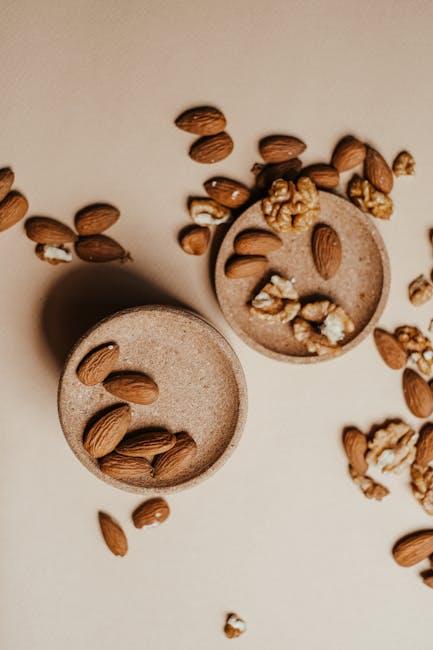
Incorporating Nutrient-Rich Foods for Lasting Gut Health
Embarking on a path to restore gut health requires intentional choices around the foods we bring to the table. Prioritizing nutrient-dense options like fermented vegetables, bone broth, and leafy greens provides an abundant supply of vitamins, minerals, and probiotics essential for revitalizing the digestive system. These foods not only nourish the gut lining but also help replenish beneficial bacteria, creating a balanced internal environment. For families embracing the GAPS protocol, incorporating homemade fermented foods such as sauerkraut and kefir can become a delicious ritual that supports lasting wellness.
To optimize absorption and digestion, it’s critical to include a variety of fat-soluble vitamins (A, D, E, and K) and healthy fats from sources like avocado, pastured eggs, and wild-caught fish. The synergy between these nutrient-rich ingredients works to reduce inflammation and soothe gut irritation. Below is a quick reference guide highlighting some key foods and their gut-healing benefits:
| Food | Benefit | Key Nutrient |
|---|---|---|
| Bone Broth | Supports mucosal lining repair | Collagen & Glycine |
| Sauerkraut | Enhances probiotic diversity | Lactic Acid Bacteria |
| Spinach | Reduces oxidative stress | Magnesium & Vitamin C |
| Wild Salmon | Anti-inflammatory effects | Omega-3 Fatty Acids |

Tailoring the GAPS Approach for Sustainable Family Well-Being
Every family’s health journey is unique, especially when embracing the GAPS protocol. Customizing this approach necessitates a deep understanding of each member’s dietary needs, lifestyle, and gut health status. Incorporating simple yet effective strategies ensures the protocol is not only manageable but also sustainable in the long run. Flexibility becomes key—modifying meal plans to suit preferences, introducing fermented foods gradually, and allowing space for occasional indulgences cultivate a balanced way to nurture gut recovery.
To seamlessly integrate GAPS into daily life, consider these tailored practices:
- Personalized Broth Recipes: Adapt bone broth ingredients to suit sensitive palates or allergies.
- Family Meal Planning: Develop weekly menus involving all members to foster engagement.
- Mindful Eating Routines: Encourage slow, stress-free meals for optimal digestion.
- Progress Tracking: Use simple journals or apps to monitor symptoms and celebrate milestones.
| Practice | Benefit |
|---|---|
| Fermented Food Introduction | Improves gut flora gradually |
| Meal Sharing Rituals | Enhances family bonding |
| Symptom Journaling | Identifies triggers & progress |
| Customized Supplements | Supports digestion without overwhelm |
Q&A
Q&A: A Family’s Journey to Gut Health with GAPS
Q: What inspired your family to explore the GAPS diet?
A: Our journey began when our youngest child experienced chronic digestive issues and behavioral challenges. Conventional treatments offered limited relief, so we searched for holistic alternatives. Discovering the Gut and Psychology Syndrome (GAPS) protocol felt like uncovering a roadmap that connected gut health to overall wellness—something we hadn’t considered deeply before.
Q: Can you explain what the GAPS diet entails?
A: The GAPS diet focuses on healing the gut lining through nutrient-dense, easily digestible foods while eliminating processed and inflammatory ingredients. It emphasizes homemade broths, fermented foods, and probiotic-rich options to restore balance in the digestive system. Essentially, it’s an approach designed to rebuild the gut’s natural ecosystem step-by-step.
Q: How did your family adapt to the initial stages of the diet?
A: The beginning was certainly challenging. Transitioning from familiar processed foods to a regimented homemade menu required patience and creativity. We involved everyone in meal preparation, making it a family affair. Gradually, as our palates adjusted, the meals became something we looked forward to rather than a strict obligation.
Q: What changes did you notice in your family’s health over time?
A: Improvements trickled in layer by layer—better digestion, more stable moods, and increased energy. Our youngest child’s behavioral patterns became noticeably calmer, and even the adults experienced reduced inflammation and clearer thinking. It wasn’t an overnight transformation, but a gradual reclaiming of vitality.
Q: Were there any unexpected challenges or surprises during your journey?
A: One surprise was how interconnected our family’s health truly was. Supporting our child’s gut health inspired us all to make healthier choices, which in turn strengthened our collective resilience. The biggest challenge was persistence—there were moments of doubt, but seeing incremental progress kept us motivated.
Q: Would you recommend the GAPS diet to other families?
A: It depends on individual needs and readiness for lifestyle changes. The GAPS diet demands commitment and time but offers valuable insights into the connection between gut health and overall wellbeing. For families grappling with digestive or neurological issues, it can be a powerful tool—especially with proper guidance and support.
Q: What advice would you offer to families just starting the GAPS journey?
A: Embrace flexibility and patience. Research thoroughly but listen to your body and your family’s unique responses. Involve everyone in the process to cultivate ownership and enthusiasm. Most importantly, seek support from knowledgeable practitioners to navigate the protocol safely and effectively.
Q: How has this journey reshaped your family’s outlook on health?
A: It’s deepened our appreciation for the foundational role of the gut in mental, emotional, and physical wellness. We’ve learned that healing is holistic and ongoing—not just about food but about nurturing connection, awareness, and resilience as a family. Our journey with GAPS has truly been a catalyst for profound growth.
In Retrospect
As their story unfolds, it becomes clear that the journey to gut health is more than just a diet—it’s a pathway to healing, discovery, and connection as a family. Embracing GAPS opened doors to renewed vitality and deeper understanding of their bodies and each other. While every family’s path may differ, the courage to explore and the commitment to wellness stand as universal threads, weaving hope into every chapter of their story. In the end, gut health is not just about the gut—it’s about fostering a foundation for life’s fullest, healthiest moments together.
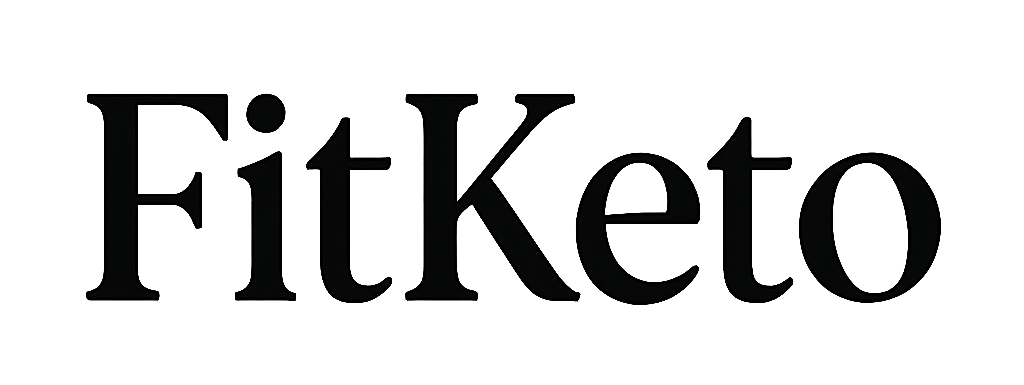








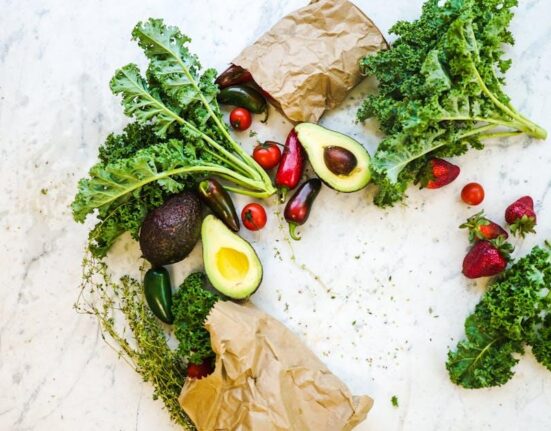
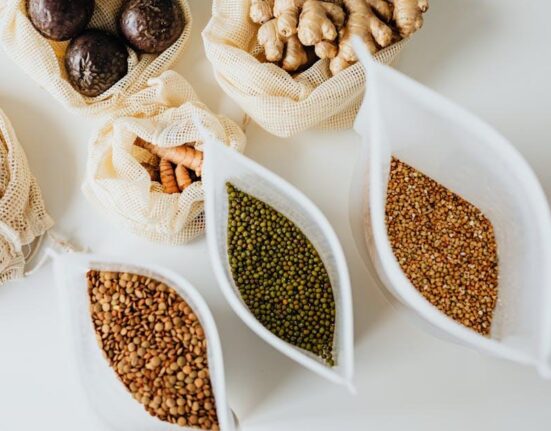
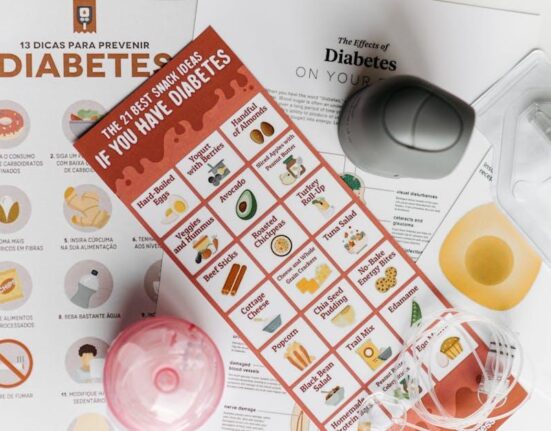

Leave feedback about this